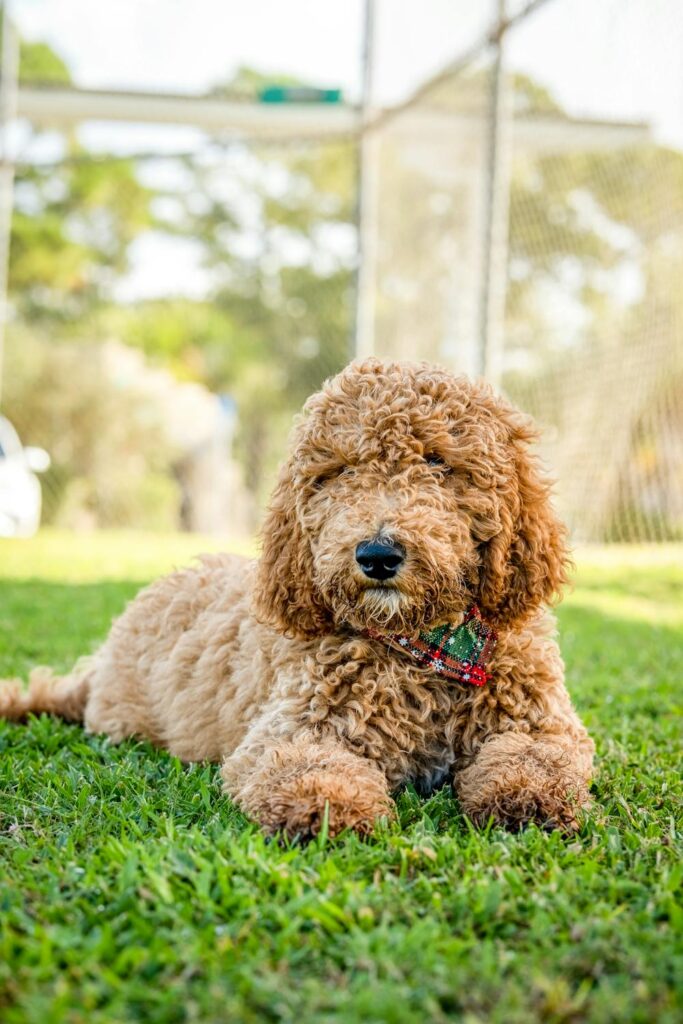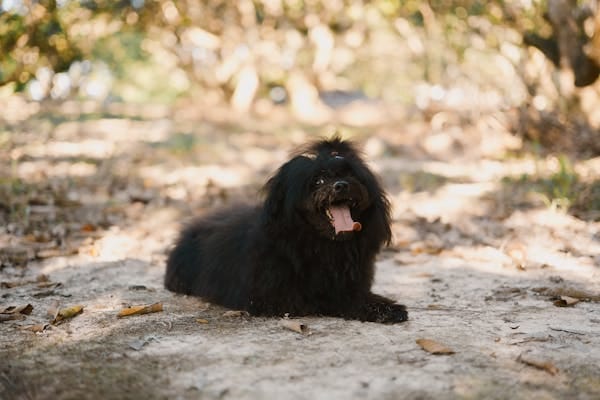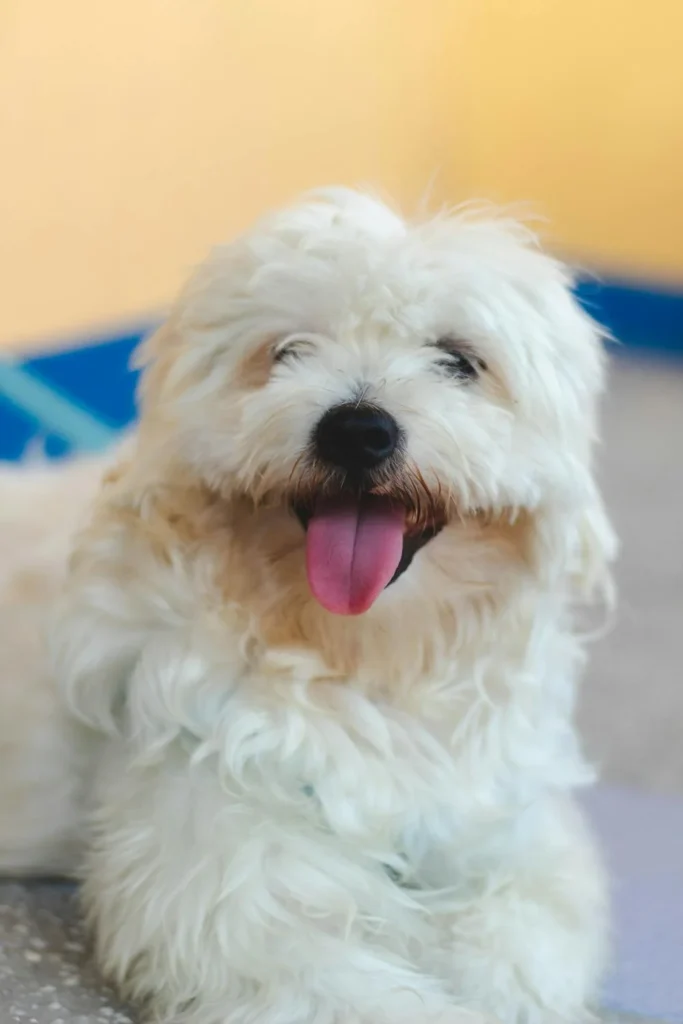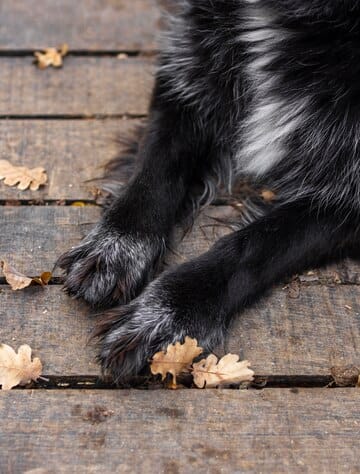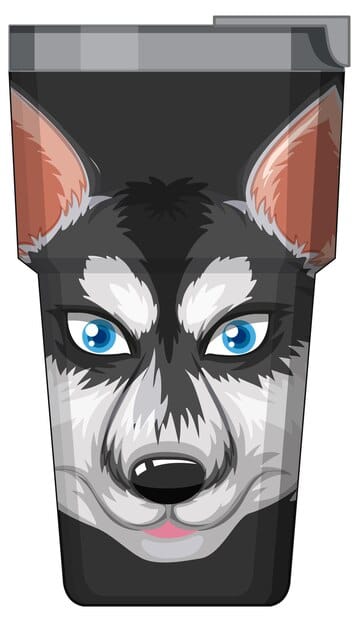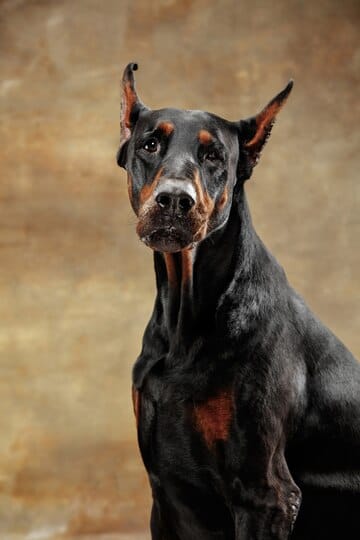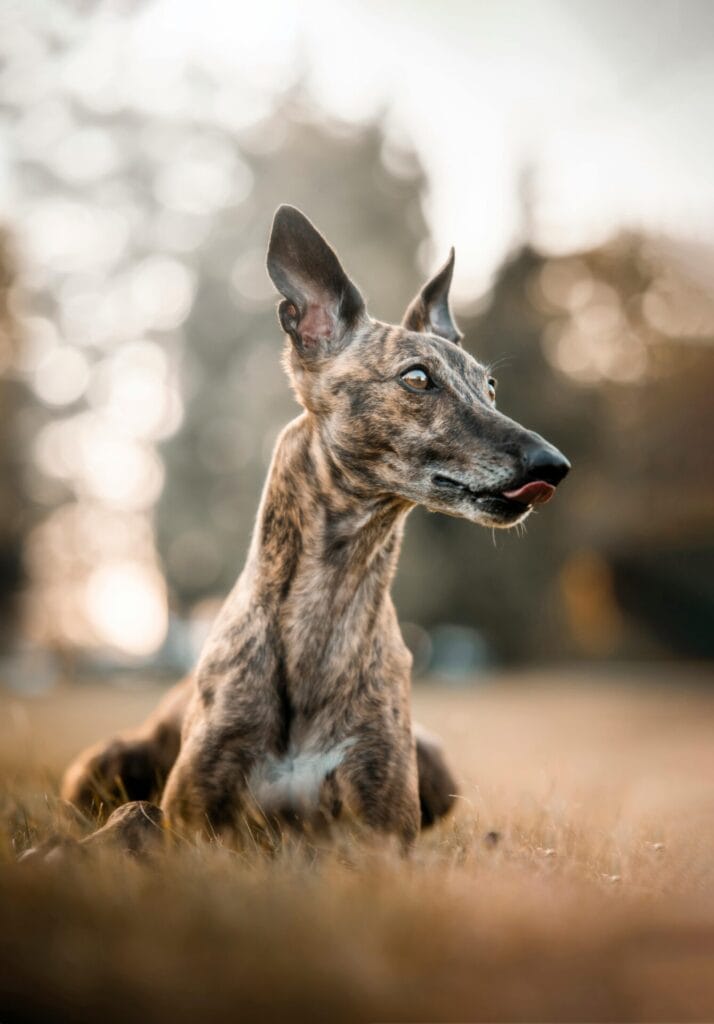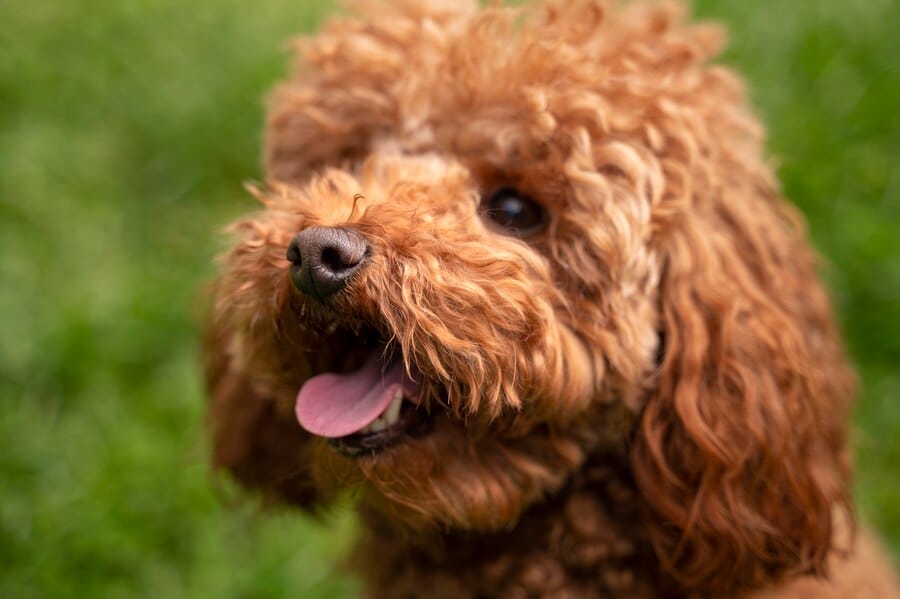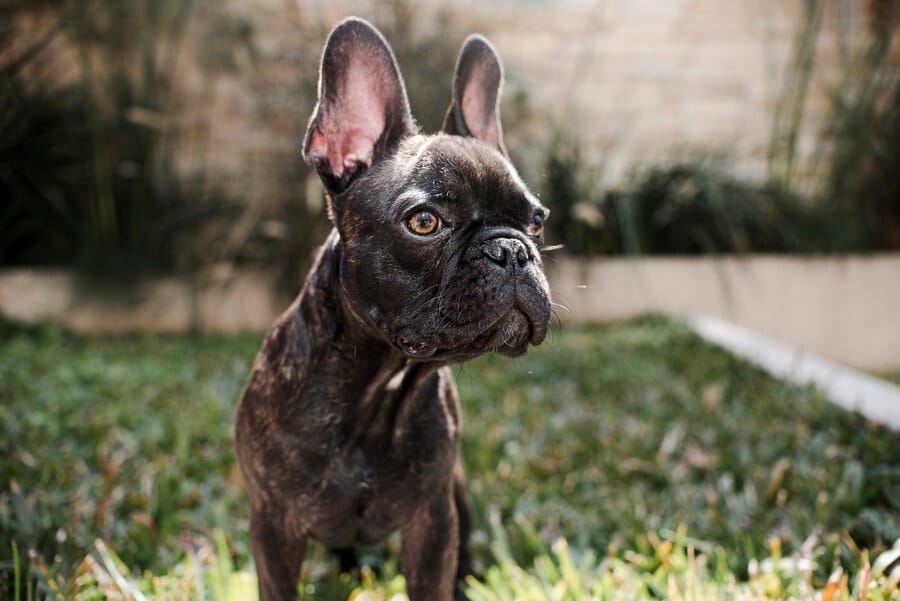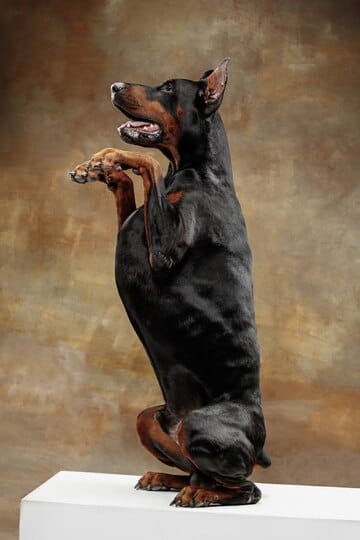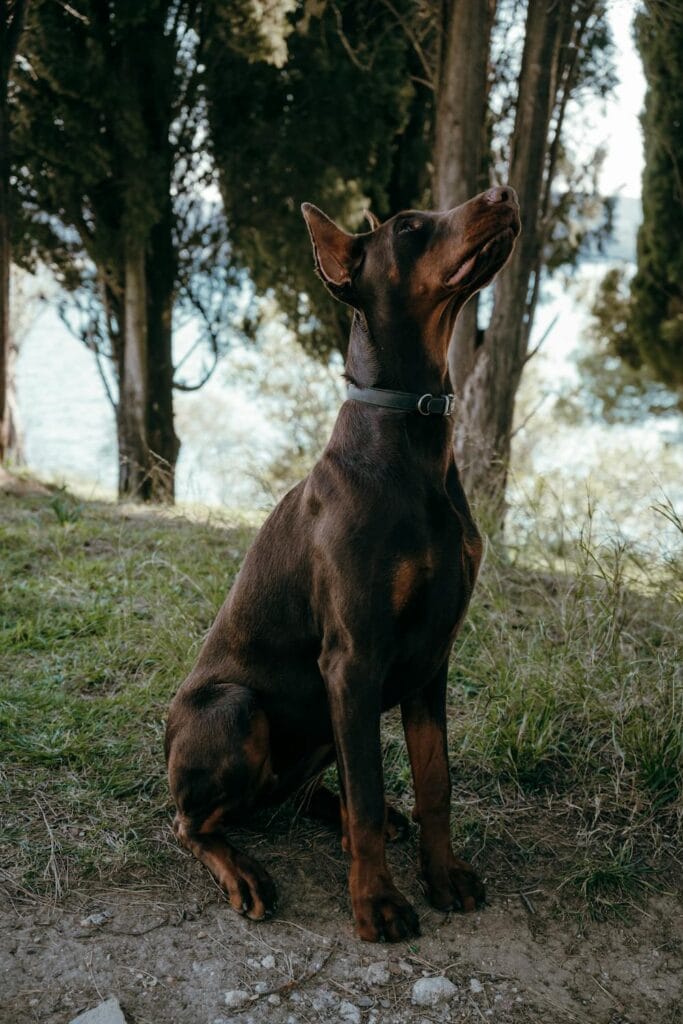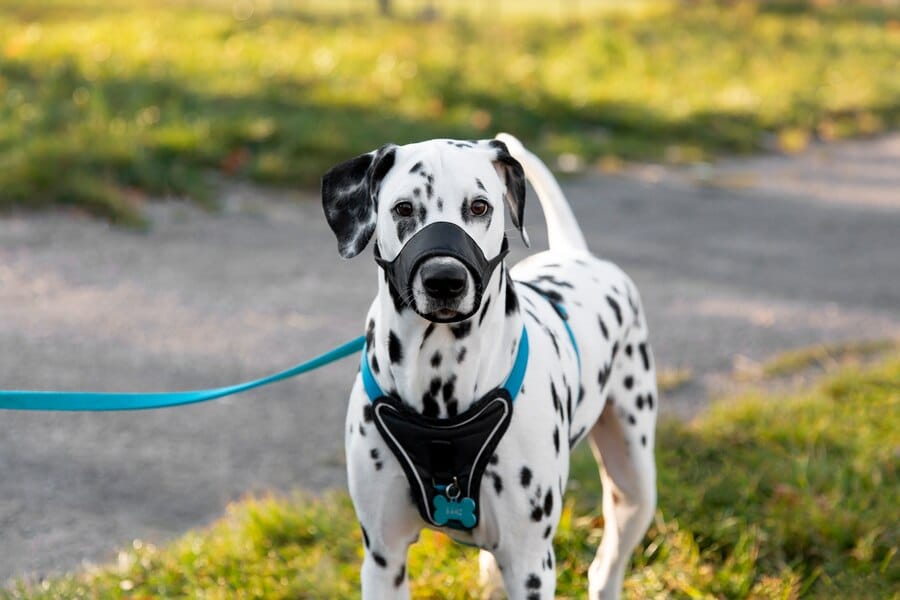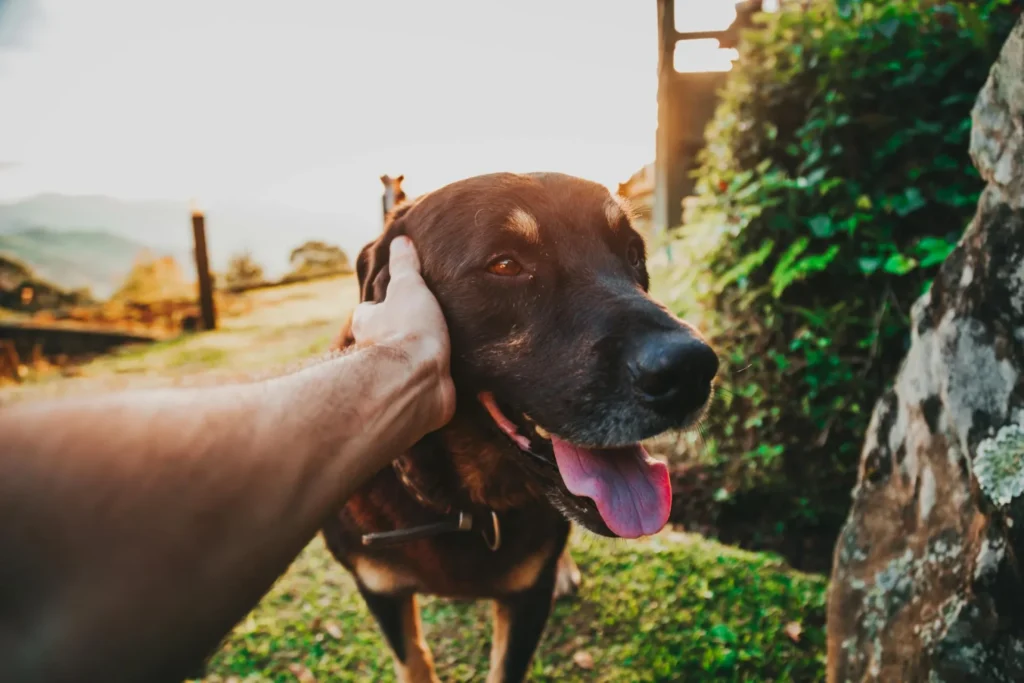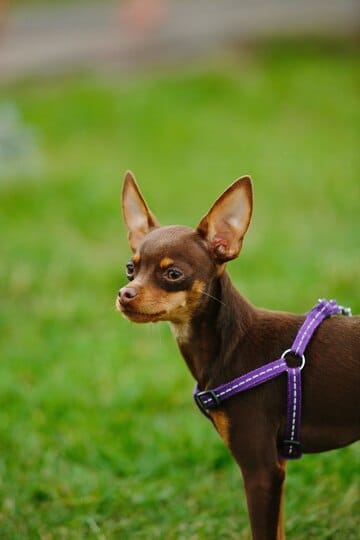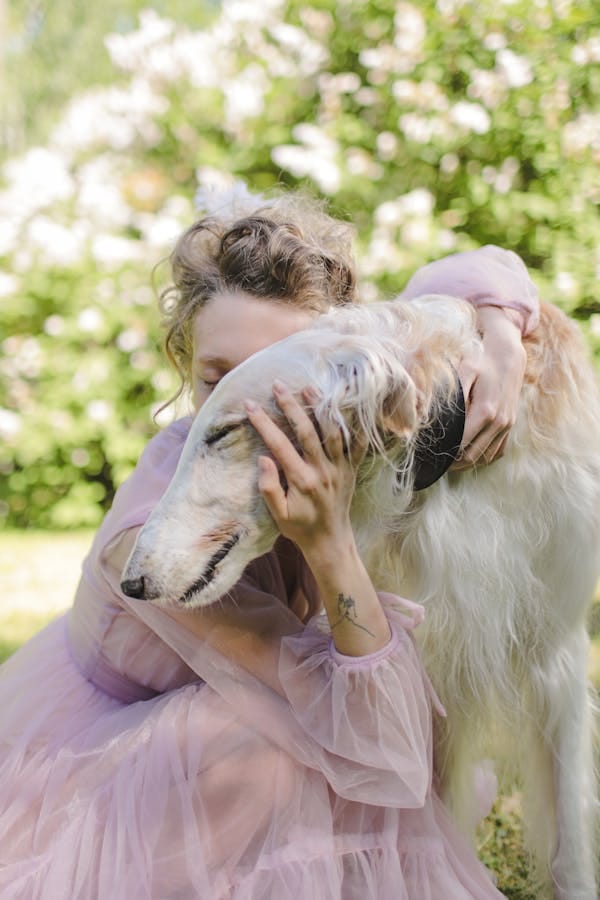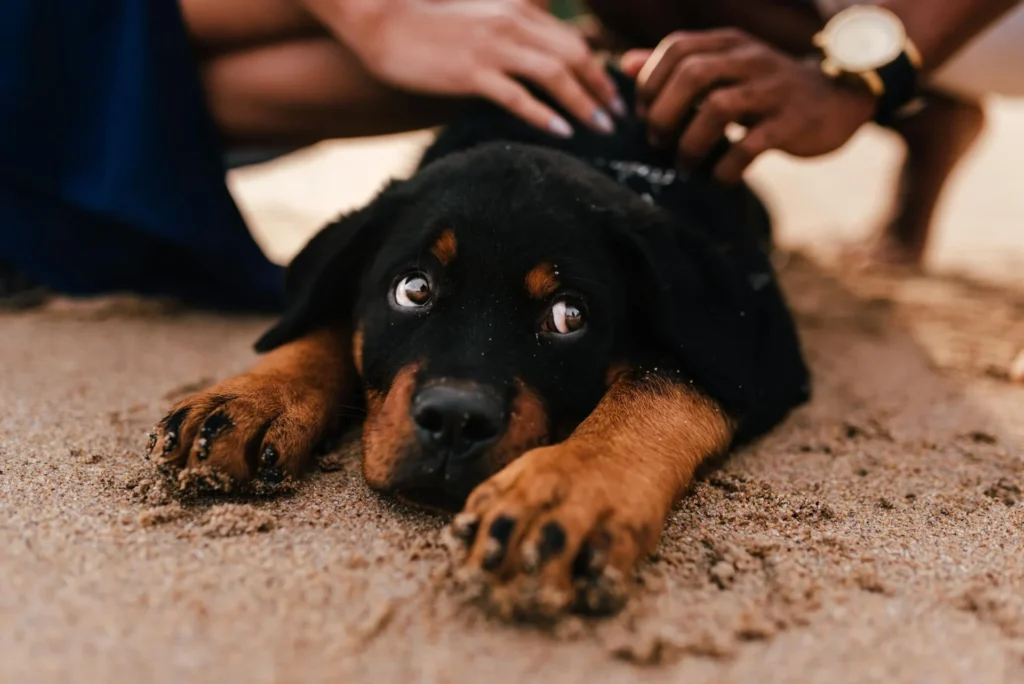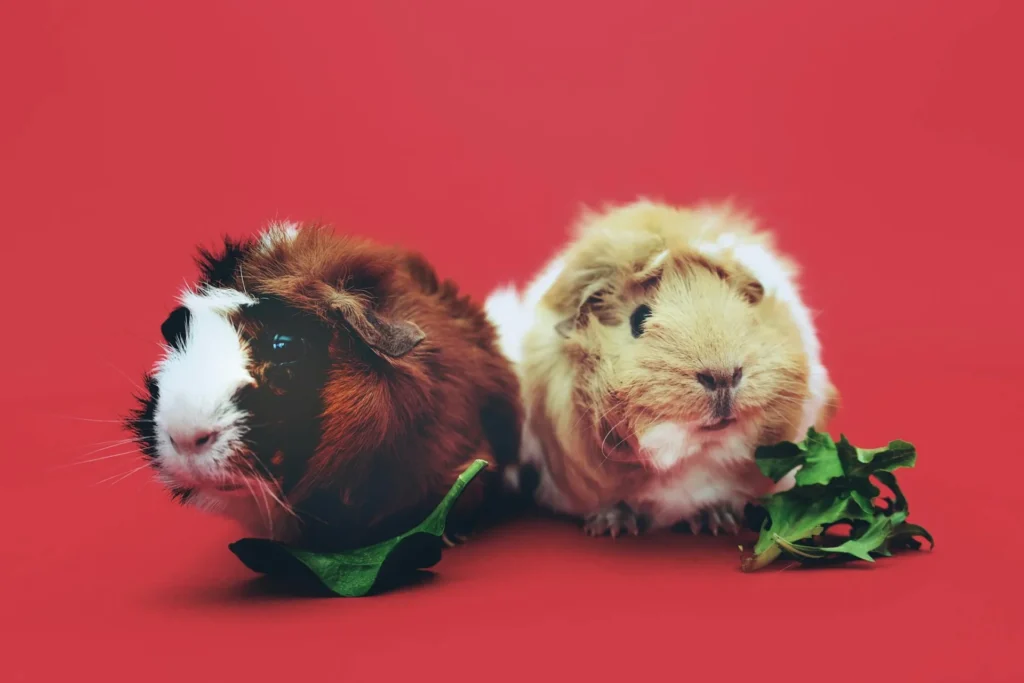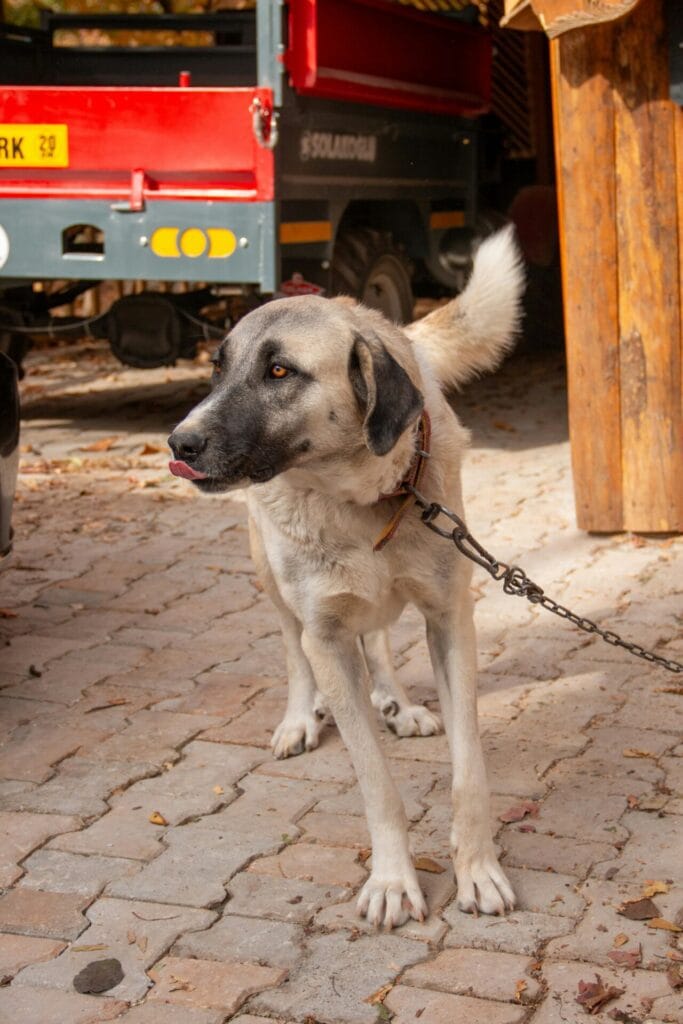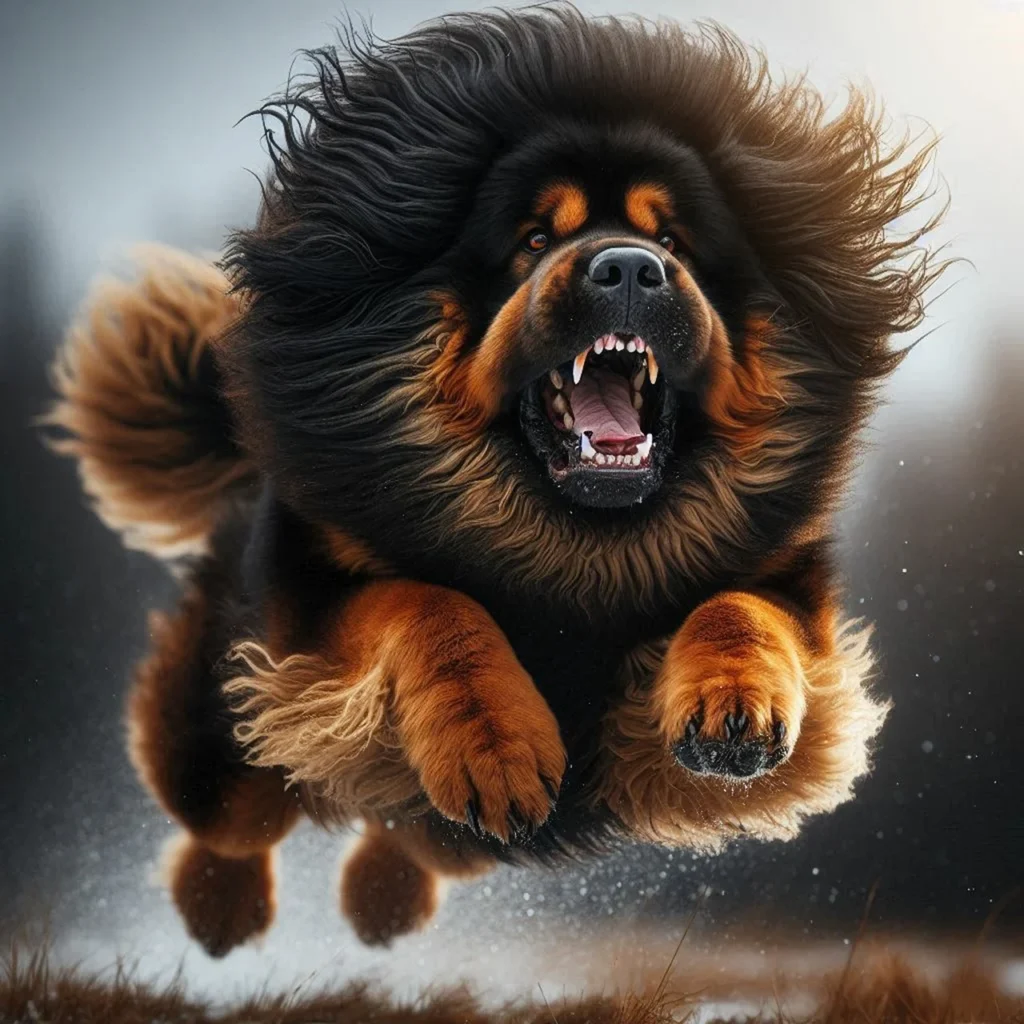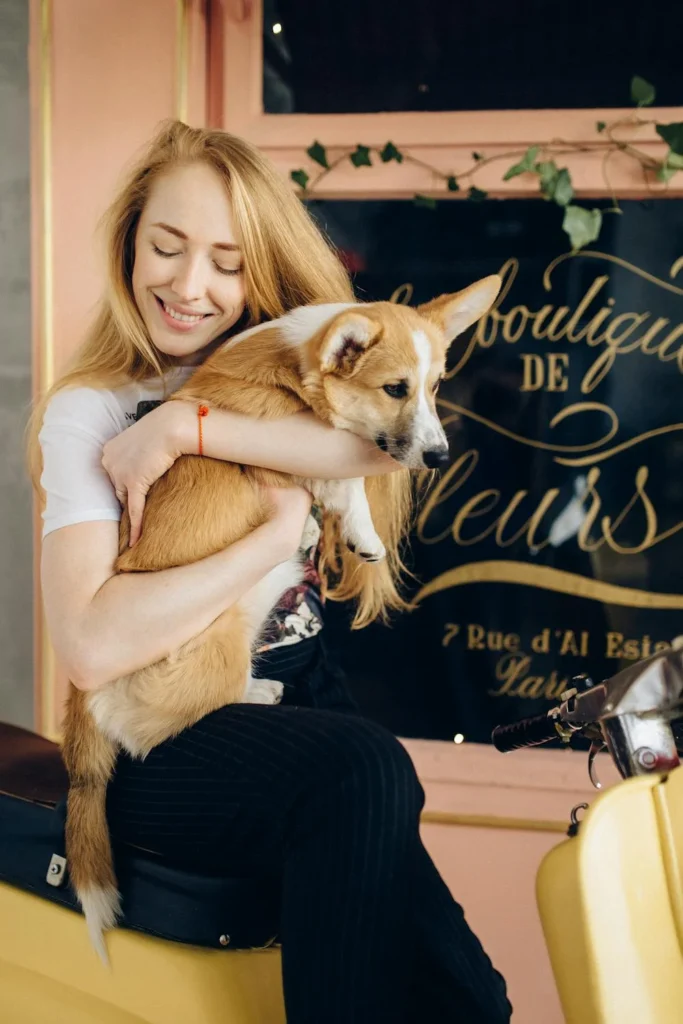- Introduction: The Regal Reign of Show Poodles
- The Poodle Basics: More Than Just a Pretty Face
- A Brief History: From Water Retrievers to Show Ring Stars
- Poodle Varieties: Small, Medium, or Large?
- The Anatomy of a Champion: What Makes Poodles Stand Out
- The Art and Science of Poodle Grooming
- Training for Success: Preparing a Poodle for the Show Ring
- Poodles vs. Other Breeds: A Competitive Edge
- The Judge’s Perspective: What They Look for in a Show Poodle
- Famous Poodle Champions: Inspiring Success Stories
- Challenges and Controversies in Poodle Shows
- Beyond the Show Ring: The Versatile Poodle
- How to Get Started in Poodle Shows: A Beginner’s Guide
- The Future of Poodle Shows: Trends and Predictions
- FAQs: Everything You’ve Ever Wanted to Know About Show Poodles
- Conclusion: The Enduring Legacy of Show Poodles
Introduction: The Regal Reign of Show Poodles
Ever wondered why those fluffy, elegant poodles seem to strut away with the top prizes at dog shows time and time again? You’re not alone! This comprehensive guide will take you on a journey through the fascinating world of show poodles, exploring their history, characteristics, and the reasons behind their consistent success in the competitive dog show arena.
From novice to expert, we’ll cover everything you need to know about these charismatic canines and their impressive track record. So, let’s dive in and unravel the mysteries of the poodle’s show ring supremacy! 🕵️♀️🐾
The Poodle Basics: More Than Just a Pretty Face
Let’s start with the fundamentals. Poodles aren’t just the fluffy, pampered pooches you might imagine. These dogs are a unique blend of brains and beauty, with a rich history and diverse skill set that often surprises newcomers to the breed.
Key Poodle Characteristics:
- Intelligence: 🧠 Ranked as one of the most intelligent dog breeds
- Athleticism: 🏃♂️ Originally bred as water retrievers
- Versatility: 🎭 Excels in various roles from show dogs to service animals
- Hypoallergenic coat: 🦠 Low-shedding, great for allergy sufferers
- Long lifespan: 🕰️ Average of 12-15 years
- Temperament: 😊 Friendly, loyal, and eager to please
These traits form the foundation of the poodle’s success, both in the show ring and as beloved companions. But what really sets them apart in dog shows? Let’s dig deeper.
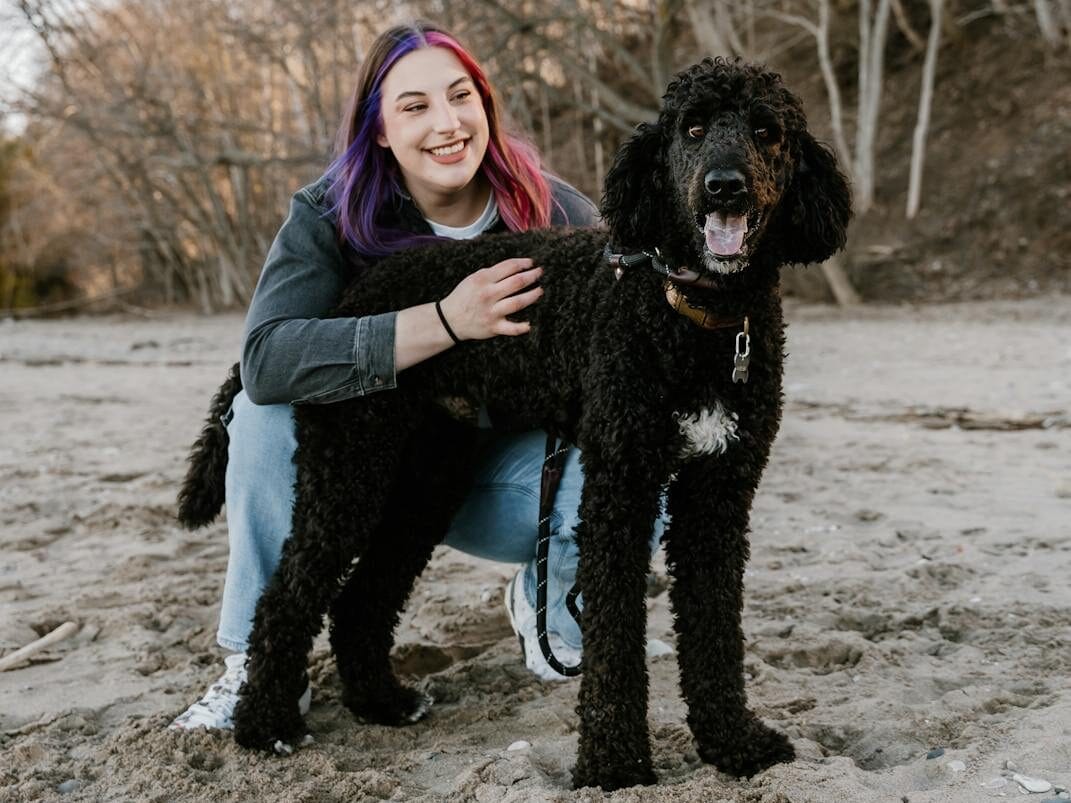
A Brief History: From Water Retrievers to Show Ring Stars
Poodles haven’t always been the coiffed canines we see in show rings today. Their journey from working dogs to show stars is a fascinating tale of adaptation and breeding.
Timeline of Poodle Evolution:
- 15th-16th century: Poodles emerge as water retrievers in Germany
- 17th-18th century: Popularity grows in France, becoming the national dog
- 19th century: Standardization of the breed begins
- Early 20th century: Poodles start appearing in dog shows
- Mid-20th century: Poodles become one of the most popular show dog breeds
- Present day: Consistently top performers in major dog shows worldwide
This rich history has shaped the poodle into a breed that combines working dog intelligence with show-stopping looks – a winning combination in the show ring.
Poodle Varieties: Small, Medium, or Large?
One of the unique aspects of poodles is their variety in size. This diversity allows them to dominate multiple categories in dog shows.
Poodle Size Varieties:
- Standard Poodle:
- Height: Over 15 inches at the shoulder
- Weight: 40-70 pounds
- 🏆 Often seen in the Non-Sporting Group at shows
- Miniature Poodle:
- Height: 10-15 inches at the shoulder
- Weight: 10-20 pounds
- 🏆 Competes in the Toy Group in some shows, Non-Sporting in others
- Toy Poodle:
- Height: Under 10 inches at the shoulder
- Weight: 4-6 pounds
- 🏆 Typically competes in the Toy Group
Each size variety has its own charm and challenges in the show ring. Let’s compare their performance:
| Size Variety | Typical Group | Show Ring Advantages | Challenges |
|---|---|---|---|
| Standard | Non-Sporting | Impressive presence, versatile | Requires more grooming |
| Miniature | Non-Sporting/Toy | Balance of presence and manageability | Competition can be fierce |
| Toy | Toy | Cute factor, easier to travel with | May struggle with larger obstacles |
This variety allows poodles to shine in multiple categories, increasing their overall presence and success in dog shows.
The Anatomy of a Champion: What Makes Poodles Stand Out
Poodles aren’t just winning on charm alone. Their physical structure and characteristics play a huge role in their show ring success.
Key Physical Traits of Show Poodles:
- Proportions: Square build, with length equal to height
- Head: Long, fine, with a slight peak
- Eyes: Dark, oval-shaped, and alert
- Ears: Long, flat, and close to the head
- Neck: Long and swan-like
- Body: Well-sprung ribs, deep chest, slight tuck-up
- Legs: Straight and strong
- Tail: Set high, usually docked
- Coat: Dense, curly, and of even texture
These traits combine to create the elegant, balanced appearance that judges look for. But it’s not just about looks – poodles’ movement in the ring is equally important.
The Poodle Gait: Poetry in Motion
Poodles are known for their effortless, floating gait. This distinctive movement is characterized by:
- Light, springy action
- Strong drive from the rear
- Head held high
- Tail carried up
This unique combination of structure and movement gives poodles a significant advantage in the show ring. It’s not just about standing pretty – poodles can strut their stuff with the best of them!
The Art and Science of Poodle Grooming
If there’s one thing poodles are famous for, it’s their elaborate grooming. This isn’t just for show – the poodle’s coat is a crucial part of their success in the ring.
The Poodle Clip: More Than Just a Haircut
Poodle grooming for shows is an art form in itself. The most common show clip is the Continental clip, which includes:
- Shaved face, feet, and base of tail
- Pom-poms on the legs
- Full mane on the chest and head
- Elaborate topknot
This clip isn’t just for aesthetics – it highlights the poodle’s structure and movement, crucial factors in judging.
Grooming Timeline for Show Poodles:
- Daily: Brush coat, clean eyes and ears
- Weekly: Bath, blow dry, and touch up clip
- Bi-weekly: Full grooming session
- Pre-show: Intensive grooming, often taking several hours
The dedication required for poodle grooming is intense, but it’s a key factor in their show success. A well-groomed poodle is a sight to behold, catching the eye of judges and spectators alike.
Training for Success: Preparing a Poodle for the Show Ring
A beautiful coat and perfect structure aren’t enough – show poodles need to be impeccably trained to succeed.
Key Training Areas for Show Poodles:
- Stance: Teaching the poodle to “stack” or stand perfectly still
- Movement: Practicing the ideal gait
- Temperament: Ensuring the dog remains calm and confident
- Handling: Getting used to being touched and examined by strangers
- Focus: Teaching the poodle to ignore distractions
Training a show poodle is a full-time job, often starting from puppyhood. The intelligence and eagerness to please that poodles are known for make them excellent students, but consistency and patience are key.
Poodles vs. Other Breeds: A Competitive Edge
So why do poodles seem to have an edge over other breeds in dog shows? Let’s compare:
| Breed | Advantages | Challenges |
|---|---|---|
| Poodle | Intelligent, versatile, striking appearance | Intensive grooming requirements |
| Labrador Retriever | Friendly, popular, sturdy | Less “flashy” in appearance |
| German Shepherd | Loyal, working ability | Can appear intimidating |
| Golden Retriever | Family-friendly, beautiful coat | Common, less unique |
| Chihuahua | Small, cute factor | Can be temperamental |
Poodles combine many desirable traits:
- Intelligence that makes them easy to train
- Athleticism that shows well in the ring
- A unique, eye-catching appearance
- Variety in sizes to compete in multiple groups
- Friendly temperament that appeals to judges
This combination of factors gives poodles a significant competitive edge in the show ring.
The Judge’s Perspective: What They Look for in a Show Poodle
Understanding what judges look for can help explain the poodle’s consistent success. Here are the key factors:
- Adherence to breed standard: How closely does the dog match the ideal poodle?
- Structure: Is the dog well-proportioned and built correctly?
- Movement: Does the dog move with the characteristic poodle gait?
- Temperament: Is the dog confident and well-behaved?
- Grooming: Is the dog well-presented and properly styled?
- Overall impression: Does the dog have that “star quality”?
Poodles excel in all these areas, making them consistent favorites among judges.
Famous Poodle Champions: Inspiring Success Stories
Let’s look at some poodles who’ve made their mark in the show world:
- Ch. Ale Kai Mikimoto on Fifth: Best in Show at Westminster Kennel Club Dog Show, 2002
- Ch. Brighton Lakeridge Encore: Best in Show at Crufts, 2002
- Ch. Whisperwind on a Carousel: Top-winning poodle in breed history
These champions showcase the poodle’s ability to compete at the highest levels of dog shows.
Challenges and Controversies in Poodle Shows
It’s not all smooth sailing in the world of poodle shows. Some challenges and controversies include:
- Overbreeding: Concerns about genetic health issues
- Extreme grooming: Debates about the ethics of elaborate grooming practices
- Diversity: Questions about the dominance of certain bloodlines
- Cost: The high expense of showing poodles can be prohibitive
These issues are important to consider as we look at the future of poodle shows.
Beyond the Show Ring: The Versatile Poodle
While we’ve focused on show poodles, it’s worth noting that poodles excel in many areas:
- Obedience trials: 🏅 Poodles often top these competitions
- Agility: 🏃♂️ Their athleticism shines in agility courses
- Service dogs: 🦮 Poodles make excellent assistance dogs
- Therapy work: 💖 Their gentle nature is perfect for therapy roles
This versatility adds to the poodle’s appeal and contributes to their overall success in the dog world.
How to Get Started in Poodle Shows: A Beginner’s Guide
Interested in showing poodles yourself? Here’s a quick start guide:
- Research: Learn all you can about poodles and show requirements
- Find a mentor: Connect with experienced poodle handlers
- Choose your poodle: Select a high-quality puppy from a reputable breeder
- Start training early: Begin basic obedience and show training as soon as possible
- Learn grooming: Take classes or work with a professional groomer
- Attend shows: Watch and learn before competing
- Start small: Begin with local shows before moving to larger competitions
Remember, success in poodle shows requires dedication, patience, and a love for the breed.
The Future of Poodle Shows: Trends and Predictions
What does the future hold for poodle shows? Here are some trends to watch:
- Health focus: Increased emphasis on genetic health and diversity
- Natural look: Growing interest in more natural grooming styles
- Technology: Use of DNA testing and health screenings in breeding programs
- Accessibility: Efforts to make showing more accessible to a wider range of people
As the dog show world evolves, poodles are likely to adapt and continue their winning ways.
FAQs: Everything You’ve Ever Wanted to Know About Show Poodles
Q: Why are poodles’ coats cut in such elaborate styles?
A: The traditional poodle clip actually has practical origins. It was designed to protect vital areas while the dogs were retrieving in cold water, while reducing drag on the rest of the body.
Q: Are all poodles good show dogs?
A: Not all poodles are suited for showing. Show poodles need to meet specific breed standards and have the right temperament for the ring.
Q: How much does it cost to show a poodle?
A: Showing poodles can be expensive, with costs including grooming, training, travel, and entry fees. It can easily run into thousands of dollars per year.
Q: Do poodles really enjoy being in shows?
A: Many poodles seem to enjoy the attention and activity of shows, but it depends on the individual dog’s personality.
Q: Are there health concerns with show poodles?
A: Like all purebred dogs, poodles can be prone to certain health issues. Responsible breeders work to minimize these through careful breeding practices.
Conclusion: The Enduring Legacy of Show Poodles
From their humble beginnings as water retrievers to their current status as show ring royalty, poodles have come a long way. Their unique combination of intelligence, athleticism, and striking appearance has made them perennial favorites in dog shows around the world.
While challenges exist, the future looks bright for show poodles. As the dog show world evolves, these adaptable and charismatic dogs are likely to continue their winning ways, charming judges and spectators alike with their grace, style, and unmistakable poodle pride.
Whether you’re a dedicated poodle enthusiast or simply curious about these remarkable dogs, one thing is clear: the poodle’s reign in the show ring is far from over. Here’s to many more years of poodle power in the world of dog shows! 🎉🐩👑

